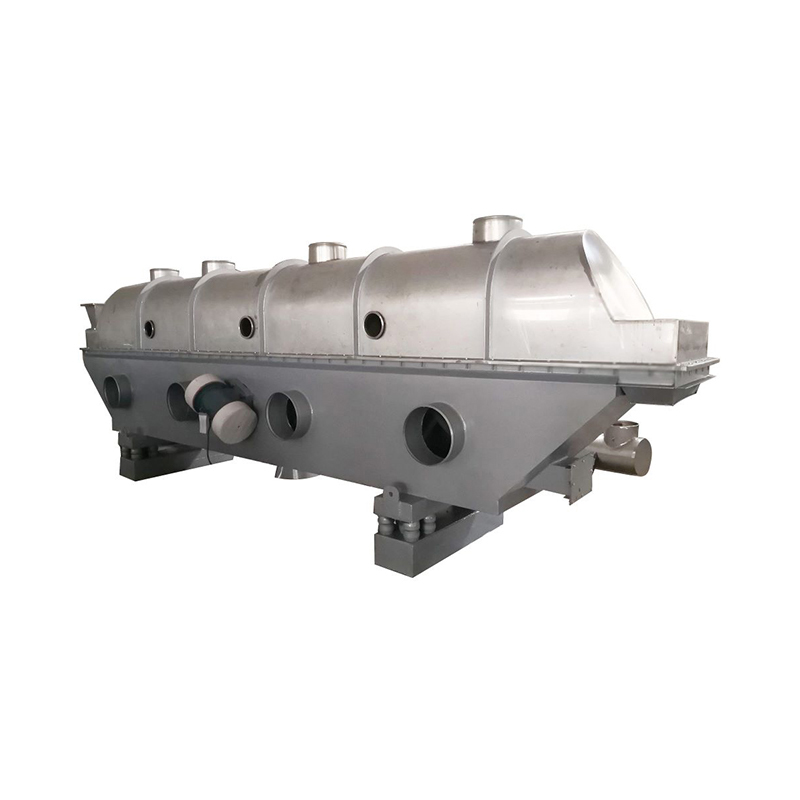The Fluid Bed Dryer: An Essential Tool for Industrial Drying Processes
In the most common configuration, the fluid bed consists of a perforated surface through which heated air is passed. This creates an upward flow of air that causes the particles of the material to float, or "fluidize," in a similar way that a liquid behaves. As the particles are suspended in the air stream, they are exposed to consistent heat, allowing for uniform drying. The temperature of the air and the flow rate can be carefully controlled to ensure that the drying process is carried out within the desired specifications.
One of the key advantages of using a fluid bed dryer is its efficiency. Unlike traditional drying methods, such as oven drying or tray drying, fluid bed dryers can achieve faster drying times. The suspended particles are exposed to a large surface area for heat transfer, allowing for a quicker reduction in moisture content. Additionally, the drying process is uniform, which helps to prevent issues such as over-drying or under-drying, common concerns with other drying techniques.
The fluid bed dryer is also well-regarded for its versatility. It can handle a wide range of materials, including powders, granules, and even pellets. In the pharmaceutical industry, for example, fluid bed dryers are commonly used to dry granules before they are compressed into tablets or encapsulated. The gentle nature of the fluidized bed ensures that the particles do not degrade or break apart during the drying process, which is critical in maintaining the integrity of pharmaceutical products.

In the food industry, the fluid bed dryer plays a similar role in ensuring that ingredients such as powdered milk, spices, or grains are dried evenly. Since the process is so efficient, it also helps food manufacturers reduce energy consumption and minimize waste, both of which are important for cost control in a highly competitive market.
In chemical manufacturing, fluid bed dryers are used to dry a variety of chemicals and intermediates. The consistent quality of the dried material is essential in chemical production, as variations in moisture content can affect the properties of the final product. For instance, in the production of plastics or other polymers, excessive moisture can lead to poor product performance or defects. The fluid bed dryer helps mitigate these risks by providing consistent and uniform drying.
Another important benefit of fluid bed dryers is their scalability. These dryers can be designed to handle small batches or large-scale industrial production, depending on the requirements of the operation. Many modern fluid bed dryers are equipped with automation and control systems that enable operators to monitor the drying process in real time. These systems can adjust parameters such as airflow, temperature, and humidity levels to ensure optimal drying conditions. This level of control is crucial in industries where product consistency is paramount, such as in pharmaceuticals and food processing.
However, fluid bed dryers also come with certain challenges. One of the primary issues is the need for careful handling of the materials being dried. Some powders or granules may have a tendency to agglomerate, which can hinder the fluidization process and result in uneven drying. To counter this, some fluid bed dryers are equipped with vibration or air distribution systems that help break up clumps of material and promote uniform flow. Additionally, operators must ensure that the airflow and temperature are properly regulated to prevent any material from overheating or being exposed to excessive moisture.



 English
English русский
русский عربى
عربى Türk
Türk




